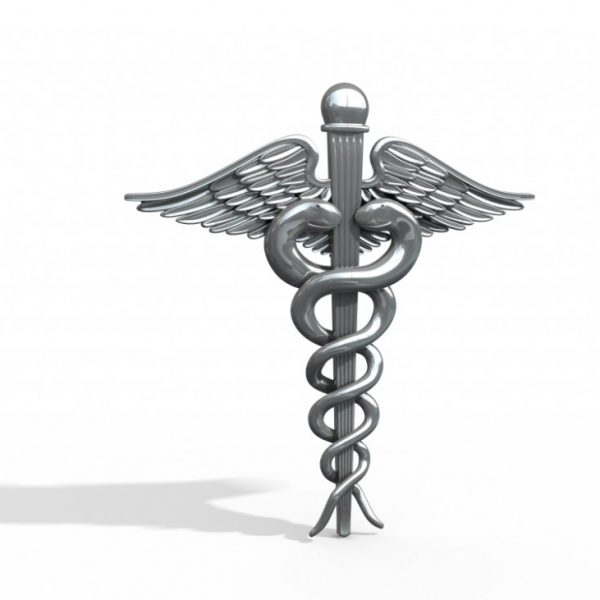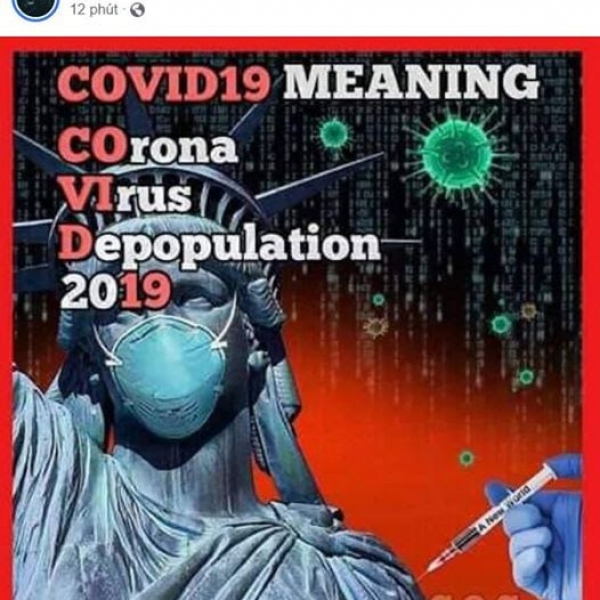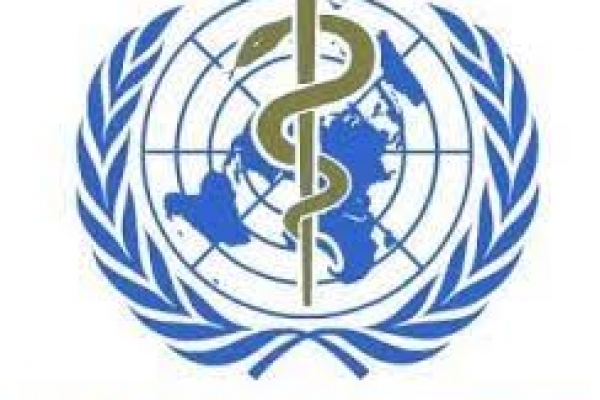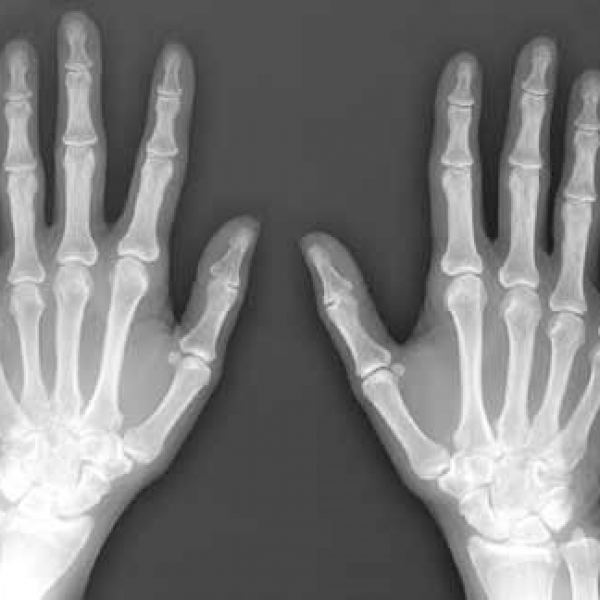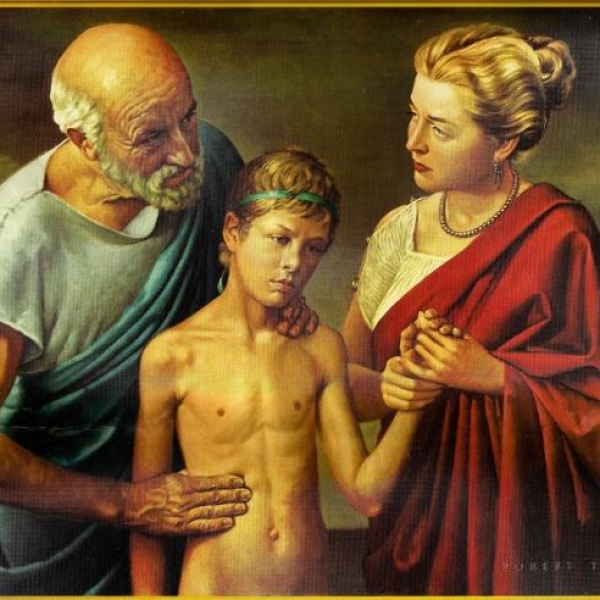Contact Admission
International Collaboration
Stroke - what you need to know
Stroke disease (brain stroke) is one of the dangerous emergency conditions, directly affecting life and leaving the aftereffects if it passes. We introduce the basic knowledge and updates about this pathology for readers to refer. This is knowledge for everyone, compiled from the Family Caregiver Alliance.
Define
A stroke (brain stroke, stroke) is a brain damage that occurs when blood flow to the brain is interrupted or significantly reduced. The brain is deprived of oxygen, nutrition and brain cells begin to die within minutes. For that reason, stroke is considered a medical emergency and requires prompt diagnosis and treatment.
According to the World Health Organization brain stroke is defined as follows: Brain stroke is a clinical syndrome characterized by the sudden onset of symptoms manifesting brain damage (usually localized). , persist for more than 24 hours or patient dies before 24 hours. Localized nerve symptoms match the brain area distributed by the damaged artery, eliminating the cause of the injury.
Ratio
Stroke, often called a "stroke," is the leading cause of disability and death worldwide.
Nearly 800,000 Americans have a stroke every year — approximately 137,000 of them die and the lives of the survivors change forever.
Today there are about 6.5 million stroke survivors living in the US. Years ago, stroke was considered incurable, but this is no longer true, especially with today's new techniques.
Types of stroke
Ischemic stroke (cerebral infarction) stroke
Caused by an artery blockage, accounting for about 85% of all strokes. Despite widespread reviews, many strokes of this type remain unknown. Fortunately, preventive therapies are effective for all types of ischemic stroke.
The most common types of ischemic stroke are:
Thrombotic stroke: A blood clot (thrombus) forms in an artery in the neck or brain. These arteries can have fat accumulation, called plaques.
Stroke: Obstructed by a blood clot that forms somewhere in the body (usually the heart) and travels to the brain. A common source is an irregular rhythm in the heart's two upper chambers (atrial fibrillation), which can cause blood clots to form.
Hemorrhagic stroke (cerebral hemorrhage)
Cerebral hemorrhage is bleeding in the brain. This type of stroke is caused by a leak or a crack in a brain artery or on the brain's surface. These fissures can be caused by an aneurysm (a thin, weak area on the artery wall) or by a deformation of the cerebral vascular system.
Hemorrhage can occur in the brain, or in the space between the brain and its outer protective layer. About 15% of all strokes are due to hemorrhage.

Transient ischemic attack (TIA)
Often referred to as a minor stroke, TIAs are actually short periods of symptoms of a stroke, usually lasting only a few minutes. TIAs are caused by a temporary decrease in blood flow to part of the brain, and do not have a noticeable long-term effect. But TIAs are considered to be a warning signal for a higher risk of stroke, and should be evaluated immediately by a specialist.
Symptoms and quick treatment when there are signs of stroke
The warning signs of stroke and TIA are similar, and include a sudden and interrupted appearance of:
Acute paralysis, weakness or numbness of the face, arm or leg, especially on one side of the body. If you can't lift your arms above your head at the same time, or if you can't smile normally, you may have a stroke.
- Sudden loss of balance, dizziness, loss of coordination.
Blurred vision or sudden loss of vision in one or both eyes, or double vision.
- Sudden confusion, difficulty speaking or not understanding simple sentences. If you cannot repeat a simple sentence, you may have a stroke.
Severe, unexplained, and severe local headache; may be accompanied by vomiting.
Your stroke risk is higher if you see more than one of these symptoms being effective. However, there are many other conditions that may resemble stroke, and it is necessary to have a medical professional determine the cause of these symptoms. It is important to learn to recognize these signs and, if possible, pay attention as soon as they begin. While they may be painless and even pass quickly, they are clear warning signs that a stroke has occurred or may be imminent.
Every minute counts: the earlier you are treated (ideally within 60 minutes), the lower your risk of permanent damage. If you see any of the warning signs for stroke, contact your doctor or health care provider, go to the emergency department, or call the emergency medical number right away.

Stroke signs according to the rules of F.A.S.T.
In the event of a possible stroke, use the FAST acronym to help remember the warning signs:
- Face - Is your face sagging on one side while trying to smile?
- Arms - Is one arm lower while trying to raise both hands?
- Speech - Can you say and repeat a simple sentence? stuttering or strange (confusing) speech?
- Time (time) - Stroke time is counted every second of each minute. If any symptoms are detected, call 115 or your local emergency medical service number right away.
When giving the acronym F.A.S.T. (corresponding to each warning sign in the English meaning), besides the purpose of making the community easy to remember, it also has meaning in English FAST.
Diagnose
Identifying the correct underlying cause and location of the stroke determines treatment. Advanced medical technology has significantly increased the ability to accurately diagnose stroke and assess brain damage. However, it is not always easy to recognize minor strokes because the symptom may be ignored by the patient and the family due to misunderstanding it is due to aging, or may be confused with symptoms of other neurological diseases. As noted above, any stroke warning sign requires immediate medical evaluation.
"The longer it takes, the more serious brain damage becomes."
Current diagnostic tools for stroke and cause of stroke are computed tomography (CT) and magnetic resonance (MRI). CT is the primary tool used to diagnose or rule out cerebral hemorrhage. These diagnostic imaging methods are increasingly modern and quickly detect the signs of stroke and the cause of stroke at an early stage.
New technologies such as cerebral perfusion computed tomography (CT), perfusion and diffusion MRI imaging help assess areas of brain tissue that are recoverable or at risk of progressing to an infarction. Another method is that DSA interferes with cerebral vessels, both diagnosing and emergency intervention in some cases.
This is the expertise of medical staff, so we do not go into these techniques.
The danger elements
Many risk factors make a person more likely to have a stroke. These risks include controllable factors (things you can change) and uncontrollable (things you cannot change). The good news is that more than half of all types of strokes can be prevented with medical care and lifestyle changes.
Hypertension (high blood pressure): The risk of stroke begins to increase when blood pressure remains above 115/75. High blood pressure, the leading cause of stroke, damages artery walls and can increase blood clotting activity, leading to the formation of blood clots that cause stroke. Since high blood pressure can increase the risk of stroke two to six times, controlling blood pressure significantly reduces the risk. There are several medications available to help control high blood pressure.
- Smoking: Smoking doubles your risk of stroke. Besides harming the lungs, smoking also damages the blood vessel walls, increases the hardening of the arteries, makes the heart work harder and increases blood pressure. Exposure to secondhand smoking also increases your risk of stroke. The good news is, if you stop smoking today, within two to five years your risk of stroke will be on par with someone who has never smoked.
High cholesterol and overweight: A cholesterol level of 200 or less is best for adults. Excess cholesterol can build up on the artery walls and lead to blockage of these vessels. Being overweight overloads the entire circulatory system and paves the way for other risk factors for stroke, such as high blood pressure. A sedentary lifestyle increases the risk. Taking cholesterol-lowering statins may lower your risk of stroke.
You may not be able to change the following factors, but you can minimize their effect on overall stroke risk by focusing on the controllable factors above.
Age: Although young people can have a stroke, their risk of stroke doubles every 10 years from age 55.
Gender: Men have a slightly higher risk of stroke than women.
Race: African-Americans are almost twice as likely to have a stroke than whites.
Family history: You have a higher risk of having a stroke if someone in your family has had a stroke.
Diabetes: Circulation problems associated with diabetes can increase the risk of stroke even when blood sugar and insulin levels are tightly controlled.
Cardiovascular disease: Having a heart attack can increase your risk of stroke. An additional risk factor is an abnormality in the heart called atrial fibrillation (AF), a special type of heart rhythm abnormality that affects more than one million Americans. Normally, all four chambers of the heart beat in the same rhythm, about 60 to 100 times a minute. In people with AF, the left atrium can beat rapidly and uncontrollably up to 400 times a minute. If left untreated, AF can increase your stroke risk 4 to 6 times. Medications can help treat this condition.
Recurrent stroke: A person with a history of stroke has a higher risk of having another stroke. This high risk persists for approximately five years and declines over time; the risk is highest within the first few months. In addition to paying attention to controllable stroke risk factors, stroke sufferers can benefit from prescription medications to reduce their risk of stroke.
Transient ischemic attack: Having a transient ischemic attack (TIA) increases your risk of having a major stroke during the month, usually for two days. Medications, including aspirin, may be prescribed to help prevent future strokes.
In addition to the above risk factors, stroke is also associated with excessive alcohol use (especially excessive drinking); using illegal drugs such as cocaine and methamphetamine; increased red blood cell count; migraine with dizziness (visual disturbances); birth control pills and hormone replacement therapy with estrogen. There is no evidence that shows a direct relationship between stress and stroke risk. As with many conditions, exercising for at least 30 minutes per day of the week reduces the risk of stroke.
Treatment
One of the reasons for the urgency of evaluating stroke warning signs is that researchers have found that stroke-related brain damage can spread beyond the area affected by the stroke and may get worse within the first 24 hours. Health-care workers seek to limit or prevent this secondary injury with their own medications within the first few hours of stroke, if appropriate.
When a stroke occurs, hospitalization is needed to determine the cause and type of the stroke and to treat or prevent further complications. Cerebral vascular intervention, surgery, as well as medication may be required. Specific treatment methods and intensive indications should not be covered here.
Once the stroke survivor's condition has stabilized and the nerve deficiencies appear to no longer continue, the period of rehabilitation begins. Rehabilitation does not cure stroke. Instead, it focuses on minimizing permanent damage and enhancing adaptation. Rehabilitation can include active exercise in various areas including movement, balance, spatial and body awareness, bowel / bladder control, language and new methods of adapting mentally and emotionally. The stroke rehabilitation program includes the coordinated efforts of many medical professionals.
Approximately 80% of stroke survivors have a physical, cognitive and language deficit that can be helped through rehabilitation. Sometimes people don't get the services they need because the services were not referred to them or because the insurer says they won't cover the cost. You may need to ask lots of questions and be determined to get the help you need. A discharge planner can help by issuing referrals to rehabilitation centers. A social worker can be helpful when making special arrangements for long-term care and referrals to community resources.
Consequences after a stroke
Recovery from stroke differs: some people make a full recovery while others will have a mild, moderate or severe disability. Fastest recovery occurs within the first 30 days after stroke. The specific consequences on a stroke survivor will depend on the location and extent of the stroke and how quickly the person was treated. Stroke occurring in the left brain hemisphere can affect communication and memory, as well as movement in the right part of the body. A stroke occurring in the right brain hemisphere can affect spatial and cognitive abilities, as well as movement in the left side of the body.
Although no two stroke survivors have identical injuries or disabilities, their general physical, cognitive, and emotional symptoms are usually:
Paralysis or weakness: Usually on one side of the body, including the face and mouth. The patient may experience difficulty swallowing or be left alone (ignoring or forgetting the affected body part).
Vision problems: Patient may not be able to focus on vision, may have blind spots or have problems with the peripheral vision.
Difficulty in communication: Aphasia is a term used to describe a set of communication deficiencies, including problems with speaking, understanding, reading and writing.
Emotional Disorders: An uncontrolled, unexplained manifestation of crying, anger, or laughing that may have little to do with the patient's current emotional state. These often come and go quickly and can subside over time.
Depression: Anxiety (especially about the likelihood of having another stroke) and depression are not uncommon after stroke, and can have both physiological and psychological causes. Medications can be used to relieve these symptoms.
Take care
Taking care of someone with a stroke is challenging. Your behavioral, memory, communication, and physical abilities can all be affected by stroke. When a loved one is hospitalized for the first time right after a stroke, families are often involved to help inform the patient's history and symptoms, check treatment, discuss options. selects patient care and generally acts as the link between the hospital staff and the patient. You suddenly become the patient's main spokesperson and advocate.
As treatment progresses, you, as the primary caregiver, can also be involved in the selection of a rehabilitation facility, coordination of home care services, providing transportation, home keeping and cooking and communicating with doctors and rehabilitation staff. As time goes by and deficiencies persist, you may also have to deal with patient depression, physical care needs, and coordinating home care with occupational therapies, speech verbal or physical, facilitating communication if the patient has a communication impairment and providing psychological and social encouragement.
It helps to remember that you are not doing this work on your own — help is available in the community and it is important to look. Rehabilitation can be a long process with slow and sometimes erratic progress — everyone's recovery is different. Your supportive role will continue. During recovery, try to focus on the patient's abilities rather than their limitations, and encourage them as they progress, big or small.
While caring for someone you love can be time consuming, try to be mindful of your own health and how any stress may affect you. To avoid care exhaustion, try to get enough sleep, eat healthy, pay attention to your medical needs and exercise when possible.
Counseling and respite assistance (i.e. assigning care to a family member, friend or hired caregiver) can allow you some alone time to gather and work new energy for the jobs ahead. Remember to ask for help when you feel you need it. Finding help for yourself, as well as for someone you love, is necessary and beneficial for both the person you care for and you.
This information is prepared by the Federation of Family Caregivers and evaluated by Registered Nurses Thelma Edwards, National Stroke Association and Ph.D. Assistant Dr. Freddi Segal-Gidan, College of Medicine Keck, University of Southern California, Rancho Los Amigos National Rehabilitation Center and by the Peninsula Stroke Association. © 2016-2020 Family Caregiver Alliance.
Other news
- 25 Cancer Warning Signs You Often Ignore ( 09:19 - 13/12/2025 )
- Should you get a tetanus shot if you’re injured while cleaning up after a flood? ( 09:22 - 28/11/2025 )
- 7 Diseases Likely to Spread After Floods – A Family Health Guide ( 14:01 - 25/11/2025 )
- HOW DOES MORNING COFFEE AFFECT GUT HEALTH? ( 08:38 - 15/12/2024 )
- RABIES: CAUSES, PREVENTIVE MEASURES, AND TIMELY TREATMENT ( 14:21 - 08/11/2024 )
- These small but the benefit did not expect help prevent COVID-19 ( 08:44 - 27/04/2021 )
- Foods that help prevent breast cancer ( 08:42 - 27/04/2021 )
- How to recognize and prevent dengue fever ( 09:39 - 22/04/2021 )
- 6 ways to limit your risk of colorectal cancer ( 13:13 - 14/04/2021 )
- 5 warning signs of a weakened immune system and food to increase resistance ( 08:46 - 06/04/2021 )






